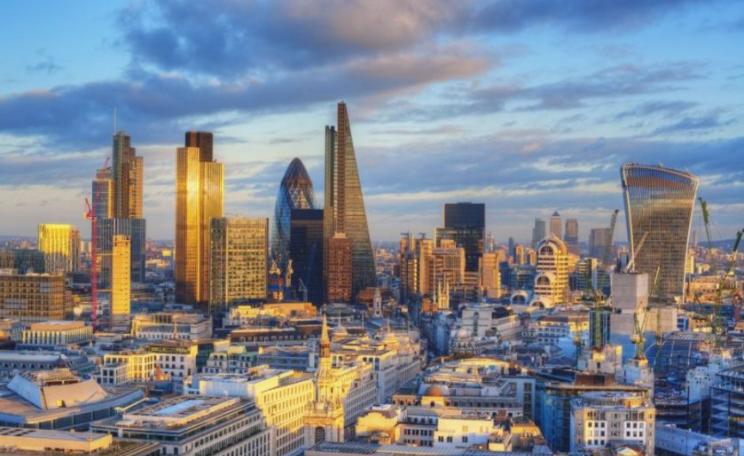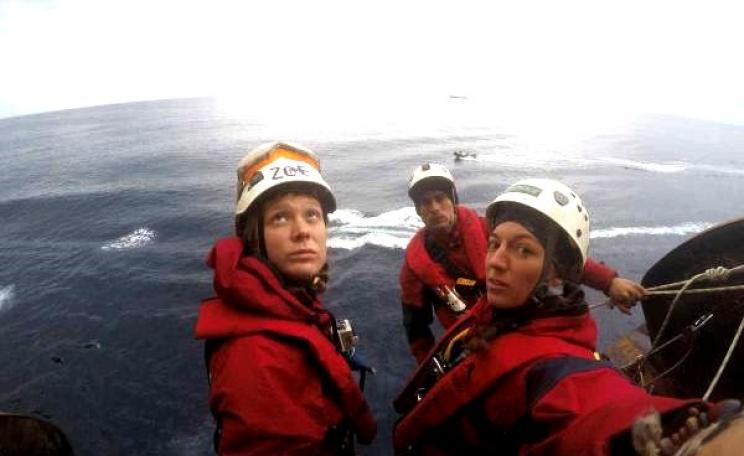The gossamer-like, intricate 3-D models of visionary architect Paolo Soleri's ecological city design will warm the cockles of any sci-fi fantastist or eco-warrior. The structures are on display along with Soleri's beautiful sketchpads and video exhibits at the Beijing Centre of the Arts (BCA) on Tiananmen Square, Beijing, until the end of February 2010.
The BCA's exhibition showcases Soleri's bleeding-edge concept, ‘Three Dimensional City: Future China', which is a culmination of a lifetime's work on sustainable design.
Soleri, who once worked in fellowship with the celebrated American architect Frank Lloyd Wright, calls his ethos that combines architecture and ecology ‘archology'.
Take a closer squint, and the miniature eco-cities take on a modular system: there are central, globular hubs and what Soleri calls the ‘urban ribbon', the long, linear parts to the city.
Soleri's re-imagining of cities as long and lean rather than the usual lattice sprawl is inspired by, ‘an organism, each cell of the body is fed and cleansed by symmetrically astounding networks of arteries and veins'. One wonders which particular body part he had in mind when on the drawing board.
Smutty jokes aside, Soleri's ‘Solare: Lean Linear City' marks a sustainable Renaissance - on paper at least.
Yet Soleri's radical ideas for sky-scraping, encapsulated, linear cities are not only a figment of his imagination. There is prototype futuristic city called Arcosanti slowly under construction in the Arizona desert 70 miles north of Phoenix. You can stay in a guest room at the "urban laboratory", which looks like something out of Star Wars.
However, the town, which is planned to house 5,000 when it is finally completed, is only about five per cent completed since 1970. It has so far been constructed in dribs and drabs with various grants, which highlights one of the main problems with Soleri's designs: it is prohibitively expensive to build entire cities from scratch.
Linear living
The proponents of Soleri's designs argue that with the pressures of increasing population, climate change, and increasing scarcity of resources the demand for sustainable cities, and more importantly investment, may soon grow.
The logic behind a streamlined, linear city is that transportation can be rationalized, with Solarites making their journeys either on foot, cycle or train. There would also be a weekly train connecting the eco-bubble to the outside world.
This super-efficient system does away with the symptom of civilization that Soleri abhors the most: the car.
Soleri writes loftily in The Sketchbooks of Paolo Soleri of the ‘The obscurantism of the automobile age [which] might well go down in history on par with some of the most fierce catastrophies man has brought upon himself'. Soleri has a point, and his vision may partly answer the riddle of car industry pollution.
It is also hypothesized that for Solare's residents, pedestrianisation will encourage interaction not alienation. Therefore, it will create caring and sharing communities and decrease the need for materialistic consumption.
Carbon neutral structure
The design for Solare integrates environmental technologies that would make it carbon neutral. For instance, the "Energy Apron" is a terraced greenhouse flanking the buildings where food is grown sustainably. It is roofed with passive solar cells that supply heat.
Solar photovoltaics and wind turbines on the Solare roof provide electricity for the city. Clever water and waste logistics would also reduce energy consumption such as placing irrigation systems for agriculture near a water supply.
Useful links
http://www.arcosanti.org/today/
Image Credit: Cosanti Foundation
3D renderings: Youngsoo Kim
| READ MORE... | |
 |
HOW TO MAKE A DIFFERENCE Plastic bag art: how to spoil any view Many plastic bags end up as waste on our streets, parks and beaches. Rosie Barnes' photographs capture these blots on the landscape |
 |
HOW TO MAKE A DIFFERENCE The Crimson Wing movie: how beauty can help save the world A pioneering Disney nature film has become a powerful tool to protect threatened flamingos on Tanzania's Lake Natron |
 |
HOW TO MAKE A DIFFERENCE Deforestation in central London An installation featuring giant tropical tree stumps in Trafalgar square is designed to symbolise threatened rainforest trees throughout the world |








